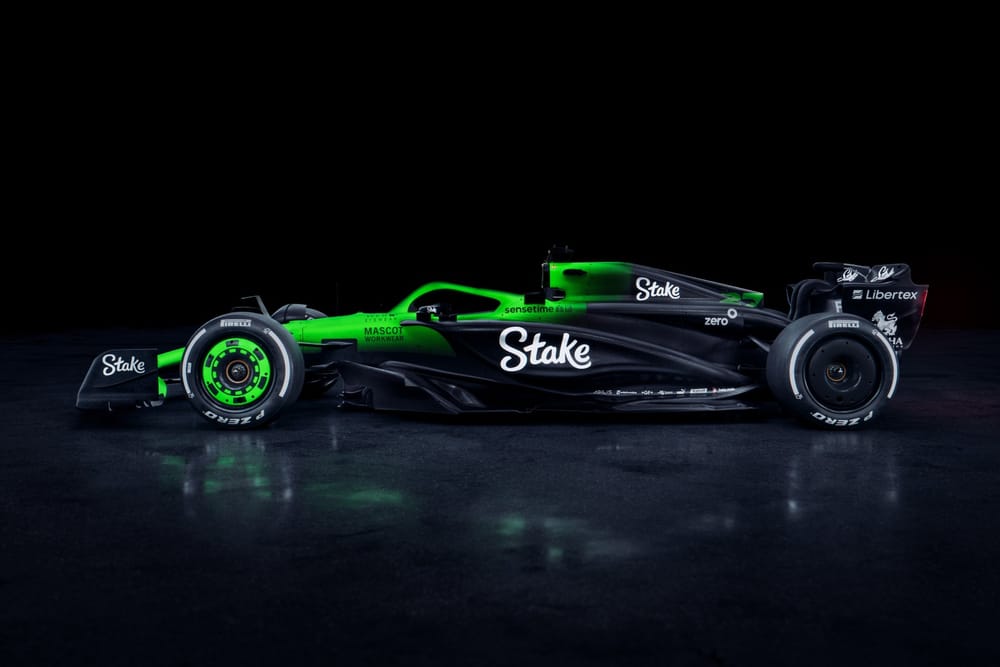It's not Audi-badged yet - but Sauber must take a step forward with the newly launched C45.
So far, these ground effect regulations haven't been kind to the team, aside from the brief spell early on when simply having a car on the weight limit made it a regular points scorer. It's time for this team to prove it has a strong enough engineering and design group worthy of Audi works status next year.
A batch of renders were released of the car to coincide with the F1 75 event in London. So, with the usual warning that we can't be sure this is exactly what will appear in Bahrain for pre-season testing, let's look at what Sauber has produced - using a bit of visual enhancement for the detail to be seen more clearly.
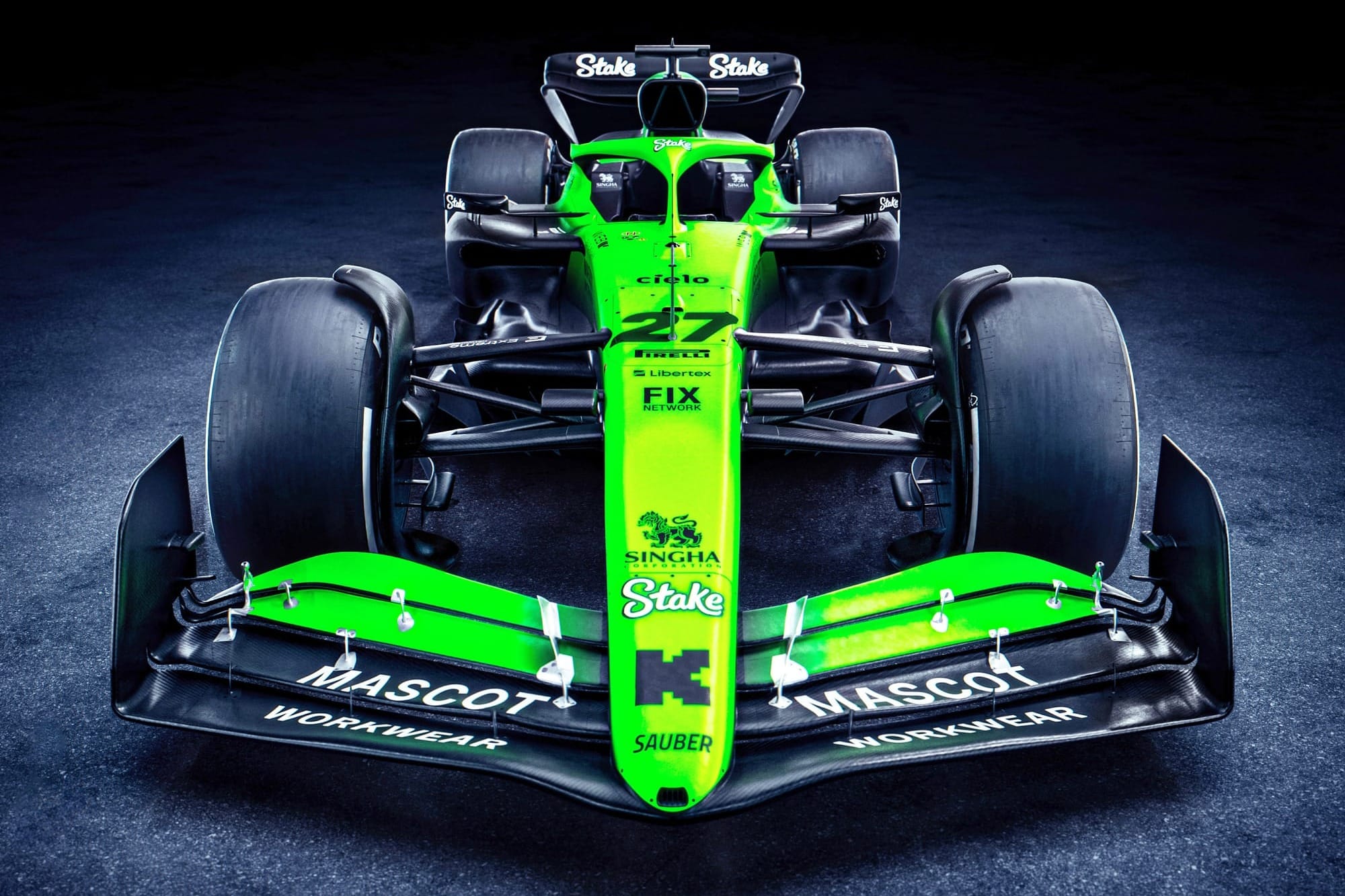
As last year, Sauber has a pullrod-operated front suspension. As for the rest of the detail at the front, I can't really see much change. The upper wishbone rearward leg chassis end pickup is obscured, but it doesn't look like Sauber has gone for anything too dramatic as far as anti-dive suspension geometry is concerned.
Further rearward, there is an interesting detail on the underside of the radiator inlet body profile. I have highlighted this body profile with the red line. The inlet where this bulge profile actually starts is highlighted with the yellow line.
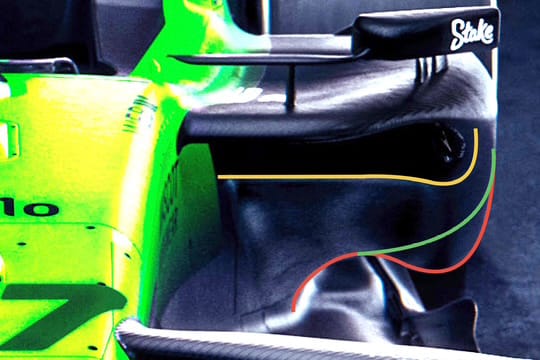
The normal trend F1 teams seem to pursue is to allow the airflow that is going through this undercut sidepod area to minimise any blockage, which is highlighted with the green line. First of all, this improves the performance of the front wing, but if it's used properly it also improves the scavenging of the front corner of the floor, which in turn helps the sealing of the rear half of the floor edge.
When these ground effect rules came into play in 2022, Mercedes went for what was called a zero-sidepod solution. Sauber was one of the teams that created more or less what could be called a double-floor version. It wasn't long before that was recognised as the wrong direction and the teams came up with systems to use this undercut flow to help the performance of the outer floor edge.
With the increased understanding of the flow structure required to maximise the extraction and sealing along the edge of the floor, the double floor solution has, to some degree, returned. This 'bump' on the outer edge of the floor is there to contain the flow through that section of the bodywork.
Personally, I'm not sure that is what is required. I would be looking at improving the velocity of the flow through there rather than restricting it.
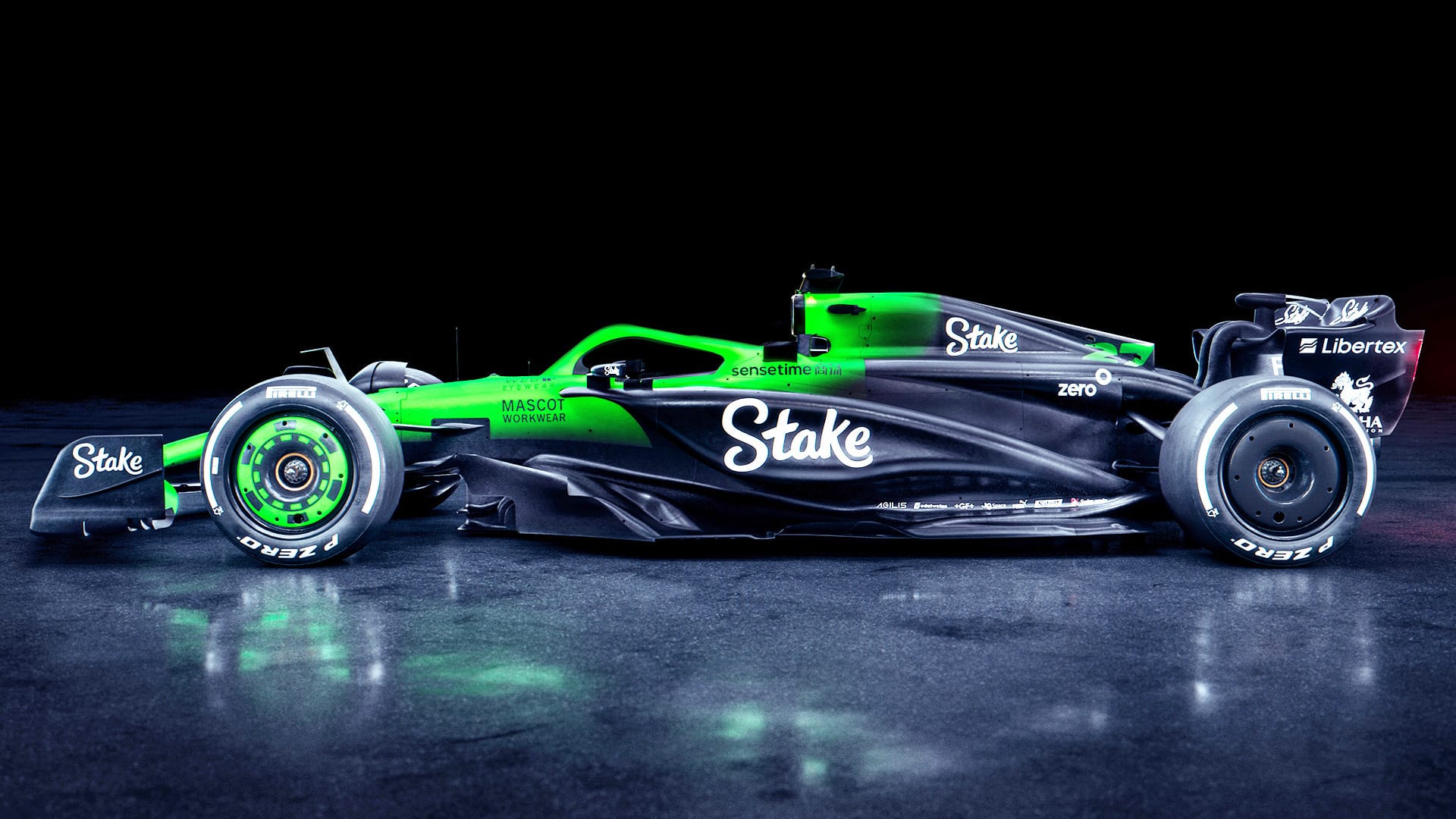
Sauber has the horizontal letterbox radiator inlet with the 'Peaky Blinders hat brim' top surface extending forward. I have no other real comments here, other than to note the cannon radiator exits coming off the driver's shoulder area and out of the back. This is now a fairly common style of radiator exits.
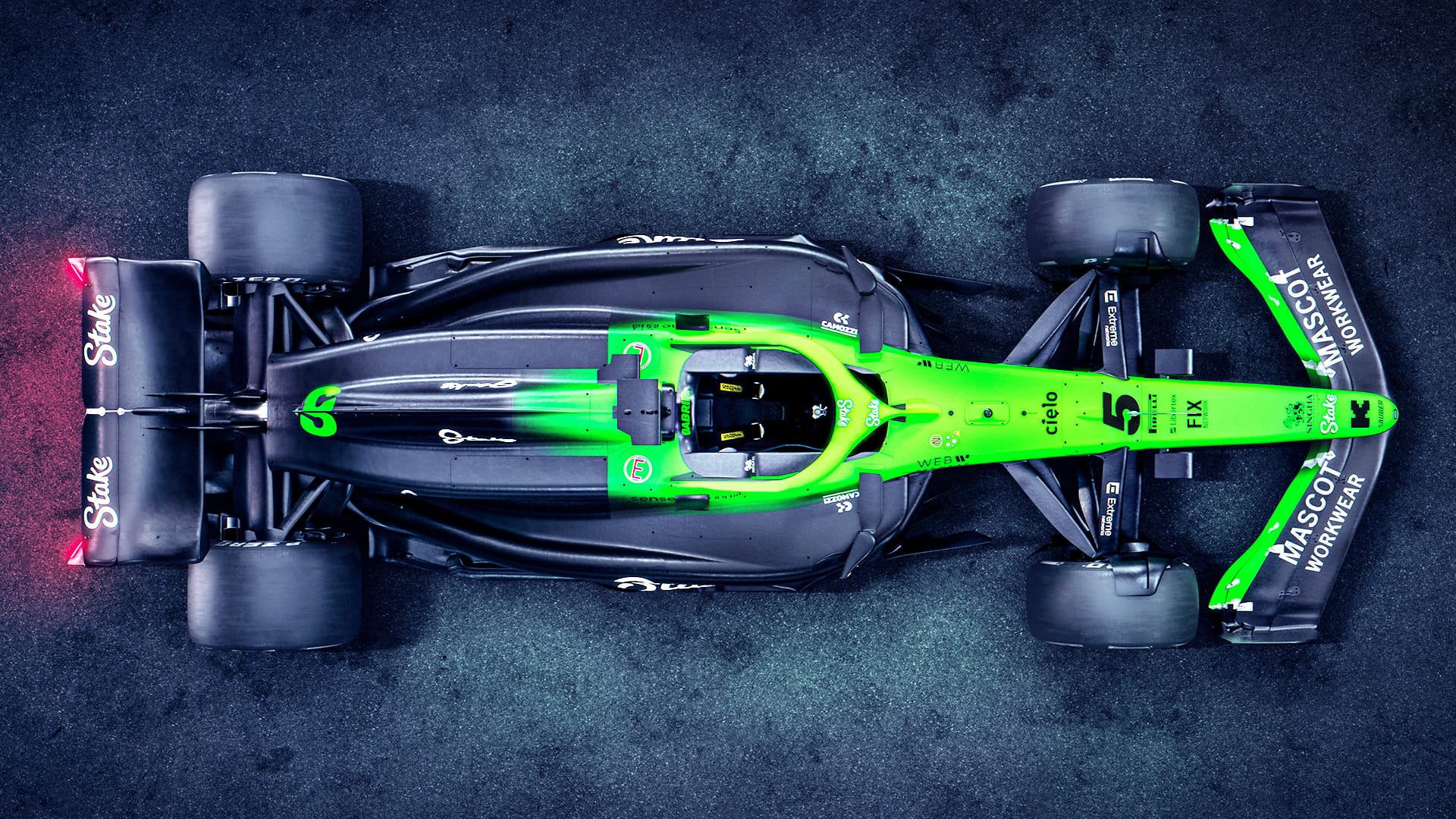
The overhead view of any of the cars looks neat and tidy, but it doesn't tell us much. However, it's nice to see the delta-shaped front wing and how the sidepods sweep into the Coke bottle area to increase the airflow to the diffuser upper surface, trailing edge and beam wing.
I have highlighted the diffuser trailing edge below. The Sauber solution is on the left highlighted in blue; on the right is the area that the regulations allow you to have, highlighted in green.
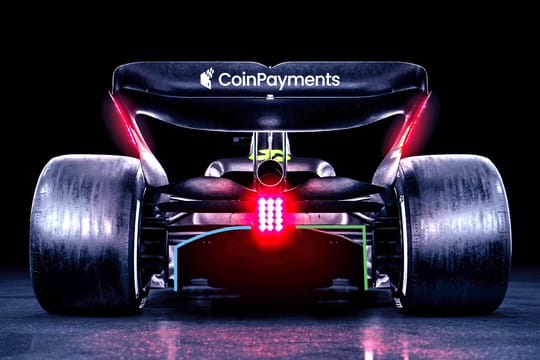
Most teams would give their right arm to be able to increase the diffuser exit area, so my question is: why would you voluntarily make that exit area smaller?
For Sauber's sake, hopefully I'm wrong but I'm not seeing anything here that looks like a step forward from 2024. Yes, the end of last season was a little better - but it still wasn't good enough for Sauber to stand out as a regular points scorer.
And unfortunately for Sauber, that's what Audi is expecting.
This article was first published in The Race Members' Club on Patreon - where you can get early access to many of Gary's columns for The Race plus ad-free episodes of his and Edd Straw's The Race F1 Tech Show podcast. Join now and get 90% off your first month

